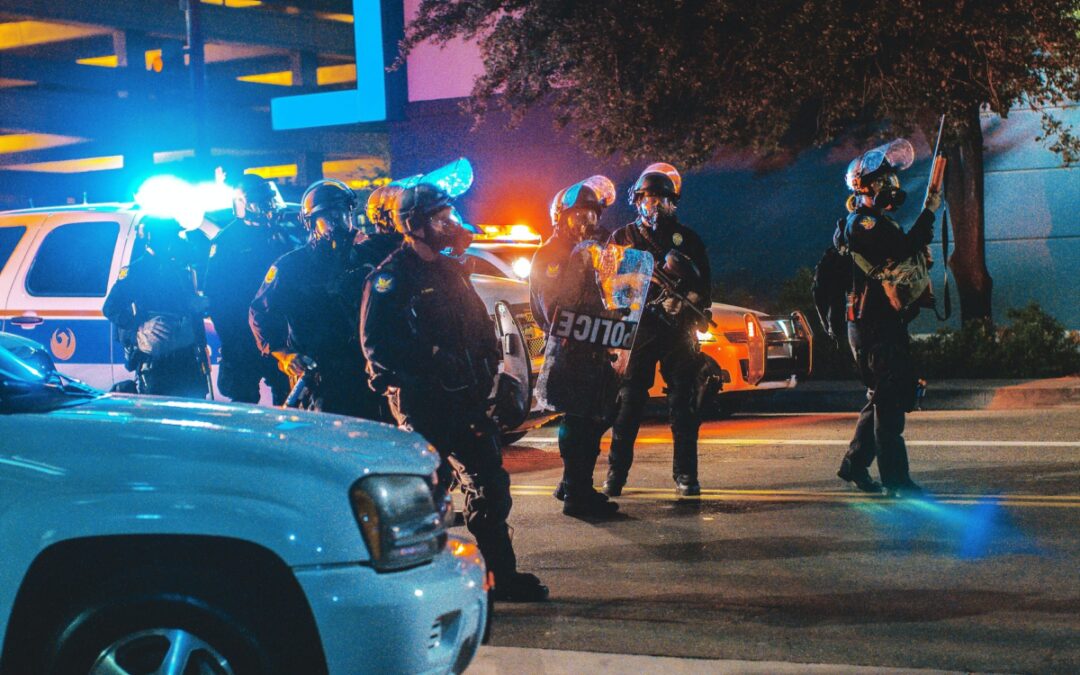Unless you have a family member that is a police officer or a fire person, then you may not have heard the term Thirty by Thirty (30 by 30) . The goal of 30 by 30 is to get 30% of all police to be women by 2030. It’s hard to believe that it’s actually considerably less than that. My daughter is one of them. They are just over 10% of the staff are women. A couple years ago, for the first time in history of the city, she was part of an all female shift. This shouldn’t be all that remarkable, but it’s the first time it’s ever happened. It wasn’t intentional. It just worked out that way based on schedules. It’s hard to believe that in the 21st century we’re still crossing these milestones.
Women Police
Aside from the issue of equality, having more women in police roles, has a variety of other implications. Women tend to deal with conflict differently and they’re less likely to use violence in a confrontational situation. And they also have at have a calming effect on their co workers. Male police departments have typically been male only for generations. Same sex environment tends to breed aberrant behavior despite the best intentions. We’ve seen this in prisons, juvenile facilities and fraternities, and, you know, police and fire departments. It’s not that they’re bad people. It’s just that not having a female perspective often creates behaviors that are less than desirable. So if you know of young women that are looking to be police officers, encourage them because police departments around the country need more women, and we’ve only got a few years left to make this a reality.
Reasons for thirty by thirty
Obviously the main goal is increasing the representation of women in policing to 30% by the year 2030. The initiative seeks to achieve this goal by implementing various strategies and programs aimed at attracting, retaining and advancing women in policing.
It helps promote diversity and inclusivity. The initiative recognizes the importance of having a diverse police force that reflects the communities it serves. It seeks to promote inclusivity by addressing issues of bias and discrimination, and by creating a culture of respect and fairness.
30 by 30 is addressing barriers to entry and advancement. The initiative seeks to address the barriers that prevent women from entering and advancing in law enforcement, such as physical requirements, gender-based discrimination, and lack of mentoring and networking opportunities.
The initiative aims to provide training and support for women in policing, including leadership training, career development, and support for work-life balance.
30 by 30 encourages collaboration and sharing best practices: The initiative seeks to foster collaboration among law enforcement agencies and share best practices for increasing the representation of women in policing.
Overall, the 30 by 30 Initiative for women in policing is a comprehensive effort aimed at increasing the representation of women in law enforcement and promoting diversity, inclusivity, and gender equity in policing.


